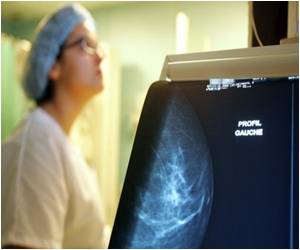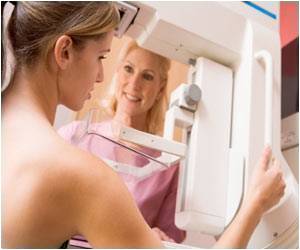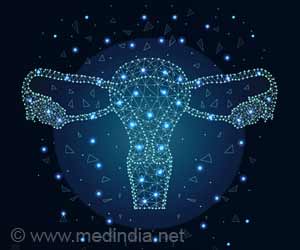Determinations of breast density can be unreliable and as many as 19% of women are re-categorized as dense rather than non-dense or vice versa.

‘Determinations of breast density can be unreliable since almost 19% of women are re-categorized as dense rather than non-dense or vice versa from one mammogram to the next.’





The review of 24 studies among 2,067 citations examined the evidence on the consistency of breast density category assignment and on supplemental screening beyond standard mammography for women with dense breasts. The review, supported by the Agency for Healthcare Research and Quality, was published today in the Annals of Internal Medicine. Joy Melnikow, who directs the Center for Healthcare Policy and Research at UC Davis and was first author on the paper, said, "The number of states mandating that breast density information be reported to patients is increasing. But the assignment of breast density is not terribly consistent. The policy may be out in front of the science."
The first problem is the inability to accurately assess whether a woman has dense breasts to begin with. One study showed that different radiologists assigned the same BI-RADS category to an individual woman only 82% of the time. Other data showed that as many as 22% of women were reclassified from dense to non-dense (on vice versa) on consecutive mammograms.
Melnikow said, "It is important to be clear who actually has dense breasts. Also, when patients are told their breasts are either dense or not dense, they need to have confidence in that assessment."
Additional diagnostic tests for women thought to have dense breasts will find some additional breast cancers; however, there were no studies that examined women's long-term health outcomes after supplemental screening beyond diagnosis.
Advertisement
Melnikow believes the best solution for these problems is to conduct long-term, rigorous research to better standardize breast density classification and determine whether supplemental screenings provide actual health benefits for women. The U.S. Preventive Services Task Force, in their recommendation statement published in the same issue of Annals of Internal Medicine, found insufficient evidence to assess the balance of benefits and harms for supplemental screening of women with dense breasts with ultrasound, MRI or other modalities.
Advertisement
Source-Newswise














